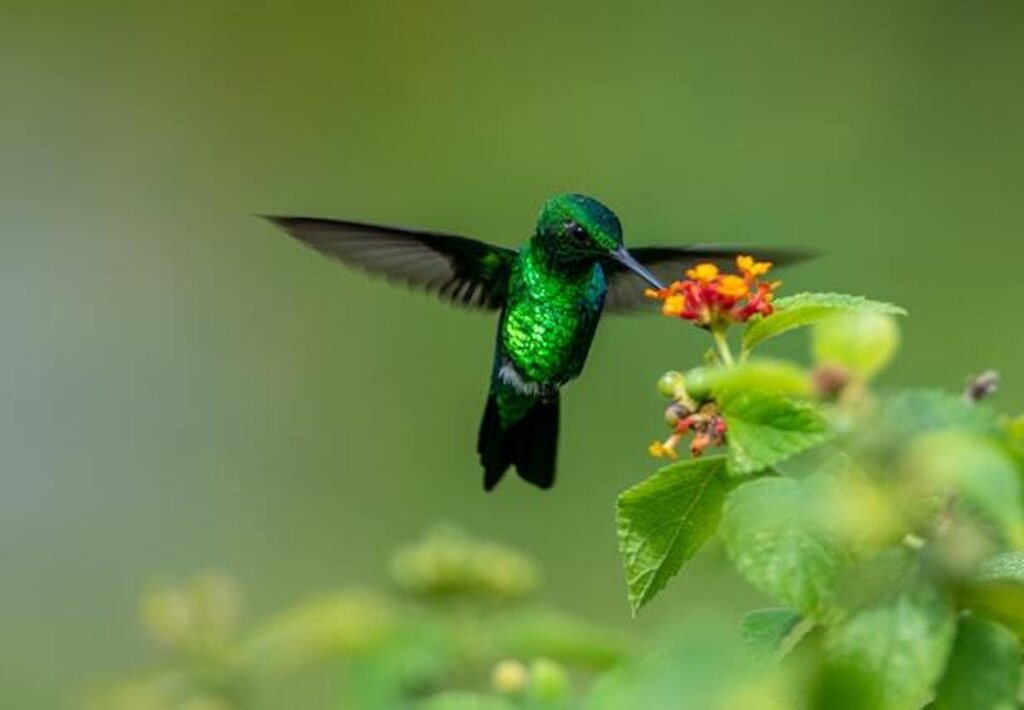Hummingbirds are one of the most fascinating creatures in the animal kingdom, known for their agility, beauty, and speed. But beyond their physical attributes, they also hold a significant place in various cultures and belief systems, thanks to their symbolism and spiritual significance.
In this article, we will explore the different aspects of hummingbird symbolism, from its origins and historical significance to its cultural and spiritual meanings. We will also provide tips on how to connect with this symbolism on a personal level, helping you appreciate the beauty and wisdom that hummingbirds offer.
Table of Contents
- 1 Key Takeaways:
- 2 What Do Hummingbirds Symbolize?
- 3 The Historical Significance of Hummingbirds
- 4 The Symbolic Meaning of Hummingbirds
- 5 Hummingbirds in Spirituality and Religion
- 6 Hummingbirds in Native American Cultures
- 7 Hummingbirds in Eastern Cultures
- 8 Hummingbirds in Western Cultures
- 9 Hummingbirds as Power Animal and Totem
- 10 Connecting with the Symbolism of Hummingbirds
- 11 Conclusion
- 12 FAQs: What Do Hummingbirds Symbolize?
- 12.1 What do hummingbirds symbolize?
- 12.2 What is the cultural significance of hummingbirds?
- 12.3 What is the spiritual significance of hummingbirds?
- 12.4 How are hummingbirds represented in Native American cultures?
- 12.5 What is the significance of hummingbirds in Eastern cultures?
- 12.6 How are hummingbirds portrayed in Western cultures?
- 12.7 What is the concept of hummingbirds as power animals and totems?
- 12.8 How can one connect with the symbolism of hummingbirds?
- 13 Author
Key Takeaways:
- Hummingbirds are more than just beautiful birds; they hold cultural and spiritual significance in many parts of the world.
- The symbolism of hummingbirds varies across cultures and belief systems, but there are common themes such as beauty, agility, and transcendence.
- Connecting with the symbolism of hummingbirds can bring a deeper understanding of oneself and the world around them.
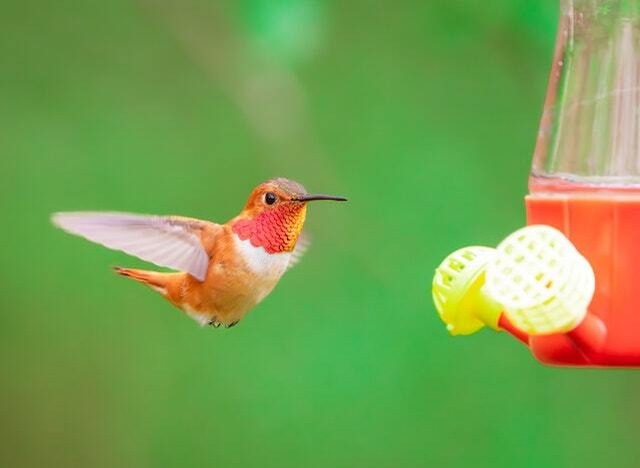
What Do Hummingbirds Symbolize?
Hummingbirds are often seen as symbols of joy, love, and beauty. They are also associated with energy, vitality, and resilience. In many cultures, hummingbirds are considered to be messengers of good luck and positive energy.
Additionally, some people believe that hummingbirds are spiritual beings that can bring messages from the spirit world. Overall, hummingbirds are seen as powerful symbols of hope, happiness, and positivity.
The Historical Significance of Hummingbirds
The cultural significance of hummingbirds can be traced back to ancient times, where these tiny birds were revered as symbols of beauty, agility, and resilience. In many cultures, hummingbirds were considered sacred creatures with mystical powers.
For example, the Aztecs of Mexico saw hummingbirds as messengers between the living and the dead, and believed that they possessed the souls of fallen warriors. In South American cultures, hummingbirds were often depicted as symbols of love, and were associated with the fertility goddess.
In Native American cultures, hummingbirds were revered as symbols of joy, healing, and renewal. They were often featured in stories and artwork, and were seen as spiritual messengers. The Hopi tribe of Arizona, for instance, believed that hummingbirds brought rain and good luck.
Hummingbirds have also played a significant role in the art and literature of many cultures. In Chinese and Japanese art, they are often depicted as symbols of grace, beauty, and good luck. In Western literature, hummingbirds are associated with vitality, freedom, and the power of flight.
The importance of hummingbird symbolism continues to this day, as these birds are beloved by many. Their remarkable abilities and colorful beauty inspires a sense of wonder and awe in people of all ages and backgrounds, making them a perennial favorite in art, literature, and popular culture.
The Symbolic Meaning of Hummingbirds
Hummingbirds are often associated with a variety of symbolic meanings and interpretations. Their unique characteristics and behaviors have made them a popular subject of folklore, art, and spiritual practices.
The symbolic meaning of hummingbirds can vary across different cultures and beliefs. However, some common interpretations include:
- Lightness and Agility: Hummingbirds are known for their rapid wing beats and swift movements, symbolizing lightness of being and the ability to maneuver through life’s challenges.
- Joy and Happiness: The bright colors and playful behavior of hummingbirds are often associated with joy, happiness, and positivity.
- Resilience and Endurance: Despite their small size, hummingbirds are known for their endurance and the ability to travel long distances. This symbolizes resilience in the face of challenges and the importance of perseverance.
- Love and Romance: Hummingbirds are often seen as symbols of love and romance, particularly in Native American cultures, where they are associated with courtship and devotion.
- Spiritual Awareness: In some beliefs, hummingbirds are considered spiritual messengers, signaling the need to pay attention to one’s surroundings and seek spiritual growth.
These are just a few examples of the symbolic meanings attributed to hummingbirds. Their beauty and unique characteristics have continued to inspire and captivate people throughout history, making them a beloved symbol in many cultures.
Hummingbirds in Spirituality and Religion
Hummingbirds have a strong spiritual significance in many belief systems and religious practices. They are often seen as symbols of hope, joy, and spiritual growth.
In Native American cultures, hummingbirds are believed to be messengers of love, joy, and healing. They are also associated with the ability to bring rain and fertility to the land. According to legend, hummingbirds were created from the sun and are therefore seen as a sacred symbol of creation and life-giving energy.
In Eastern cultures, such as Japan and China, hummingbirds are often depicted in art and poetry as symbols of beauty, agility, and luck. They are also associated with the concepts of love and romance.
Hummingbirds in Buddhism
In Buddhism, hummingbirds are seen as symbols of joy and happiness. They represent the fleeting nature of life and the importance of enjoying every moment. Buddhists believe that hummingbirds have the ability to lift the spirits and awaken the heart to greater wisdom and compassion.
Hummingbirds in Christianity
In Christianity, hummingbirds are seen as symbols of resurrection and the promise of eternal life. They represent the idea of rebirth and renewal, as well as the importance of living in the present moment.
Hummingbirds also play a role in the creation stories of some indigenous Christian communities, where they are believed to have been created by God as a symbol of the beauty and diversity of the natural world.
Overall, hummingbirds hold a special place in spirituality and religion, representing important concepts such as joy, hope, and renewal. Their fleeting nature and delicate beauty serve as reminders to live in the present and appreciate the world around us.
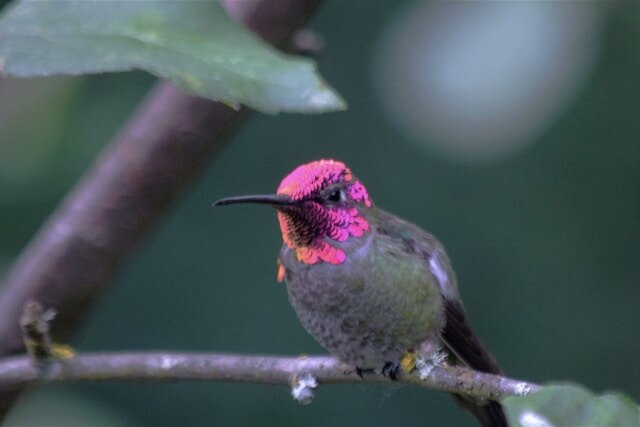
Hummingbirds in Native American Cultures
Hummingbirds have played a significant role in Native American cultures, where they are often regarded as messengers and symbols of love, joy, and healing. These small birds are revered for their agility, beauty, and resilience, and are believed to have a deep spiritual significance.
Many Native American tribes associate hummingbirds with the sun and see them as symbols of happiness and life-giving energy. In some traditions, hummingbirds are regarded as intermediaries between the physical and spiritual worlds, and are believed to carry prayers and messages to the heavens.
The Hopi people of Arizona, for example, believe that hummingbirds bring rain and fertility to the earth. They also see the bird as a symbol of abundance, happiness, and longevity, and use its image in their art and pottery. The Pueblo tribe of New Mexico considers hummingbirds as sacred animals that bring good luck and protection, and honor them in religious ceremonies.
| Tribes | Hummingbird Symbolism |
|---|---|
| Hopi | rain and fertility, abundance, happiness, longevity |
| Pueblo | good luck, protection, sacred |
Many Native American legends and stories feature hummingbirds as central characters or symbols. The Cherokee tale of the origin of fire, for example, tells of a brave hummingbird who flies to the sun and brings back a burning ember to light the world. The Arawak tribe of South America believes that the hummingbird was the only bird able to sing after a great flood, and so became a symbol of rebirth and renewal.
In Native American art, hummingbirds are often depicted in intricate designs and patterns, representing their grace and beauty. The Zuni tribe of New Mexico is famous for its intricate silver hummingbird jewelry, which is believed to bring good luck and happiness to the wearer.
Today, hummingbirds continue to inspire and fascinate people around the world, and their cultural significance remains strong. They are a reminder of the beauty and wonder of nature, and the importance of respecting and preserving our environment.
Hummingbirds in Eastern Cultures
Hummingbirds have also played a significant role in Eastern cultures, particularly in Japan and China. Known as “tsubame” in Japan and “tianjiu” in China, hummingbirds are highly regarded for their beauty, gracefulness, and agility.
In Japanese mythology, the hummingbird is often associated with the Crane, which is a symbol of longevity and good luck. Hummingbirds are seen as messengers of good news and joy, and their image is widely used in art and poetry. In China, hummingbirds are believed to bring good fortune and are associated with love and romance. They are often depicted in artwork alongside flowers and fruits, symbolizing happiness and abundance.
Hummingbirds have also been used in spiritual practices in these cultures. In Japanese Buddhism, hummingbirds represent the fleeting nature of life and the importance of cherishing each moment. They are often depicted in Zen gardens and other meditation spaces as a reminder to focus on the present. In Chinese medicine, hummingbird feathers are thought to have healing properties and are used for various treatments.
The Hummingbird as a Symbol of Luck
In both Japan and China, the hummingbird is often seen as a symbol of luck and prosperity. In Japan, the hummingbird is associated with the Seven Lucky Gods, a group of deities who are said to bring good fortune and blessings to those who worship them. In China, hummingbirds are believed to bring wealth and success, and their image is often used in feng shui practices to attract positive energy into the home or workplace.
The cultural significance of hummingbirds in Eastern cultures highlights their universal appeal and enduring symbolism. Whether as messengers of joy, reminders of the present moment, or symbols of good fortune, hummingbirds continue to captivate and inspire people around the world.
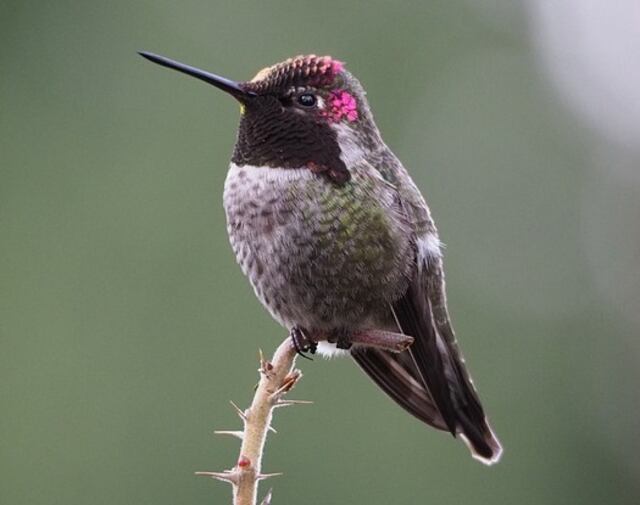
Hummingbirds in Western Cultures
Hummingbirds hold a special place in Western cultures as symbols of vitality, joy, and freedom. In literature, they often represent the beauty and fleeting nature of life, as well as the importance of appreciating every moment. For example, in Emily Dickinson’s poem “A Route of Evanescence,” hummingbirds are described as “a route of evanescence / With a revolving wheel” that symbolizes the transience of life.
In folklore and popular culture, hummingbirds are often associated with love and romance. In some traditions, they are seen as messengers of love, delivering the message of affection between two people. In others, they are symbols of the fulfillment of one’s heart’s desires.
Hummingbirds are also celebrated in visual art, appearing in paintings, sculptures, and even tattoos. In these works, they symbolize grace, beauty, and agility. They are often depicted in floral settings, emphasizing their connection to nature and the beauty of the natural world.
Hummingbirds in Western Music
The unique flight patterns and humming sound of these birds have also inspired musical compositions. In the song “Hummingbird” by Leon Russell, the bird is used as a metaphor for a lover who has flown away. In “Hummingbird Heartbeat” by Katy Perry, it represents the feeling of falling in love and the excitement and energy that come with it.
Hummingbirds have also been featured in album covers, such as the iconic image of a hummingbird hovering over a cactus on the cover of the Eagles’ album “Desperado.”
All in all, hummingbirds have captivated Western cultures with their vibrant colors, unique flight patterns, and symbolic significance. They continue to inspire artists, writers, and musicians, and remind us of the beauty and wonder of the natural world.
Hummingbirds as Power Animal and Totem
In many spiritual practices, hummingbirds are revered not only as symbols but also as power animals and totems. They are believed to possess qualities and energies that can offer guidance, protection, and spiritual insights to those who connect with their energy.
The spiritual significance of hummingbirds lies in their ability to move swiftly and gracefully, and to hover between worlds. They are seen as messengers between the physical and spiritual realms, and as a bridge between different dimensions of consciousness.
As power animals, hummingbirds are associated with qualities such as agility, resilience, and creativity. They represent the power of adaptability and the ability to move through life with grace and joy.
As totems, hummingbirds can offer insights into our deepest desires and passions. They can help us connect with our inner joy and playfulness, and remind us to savor the sweetness of life.
To connect with the energy of hummingbirds as a power animal or totem, it is important to cultivate a sense of openness and receptivity. One can meditate on the image of a hummingbird, visualize its movements, or simply sit quietly and invite its energy to enter their awareness.
Hummingbirds can also be called upon for specific purposes, such as guidance on a particular situation or to help with healing. One can set an intention before connecting with their energy and ask for their assistance.
Overall, hummingbirds as power animals and totems can be a powerful source of guidance and support on one’s spiritual journey. By connecting with their energy, one can tap into their agility, creativity, and joy, and cultivate a deeper understanding of the symbolic meaning of hummingbirds.
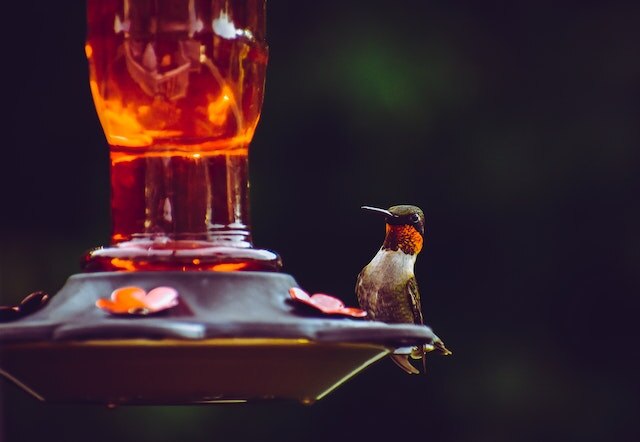
Connecting with the Symbolism of Hummingbirds
Connecting with the symbolism of hummingbirds can be a powerful way to tap into their energy and meaning. Here are some tips and suggestions on how to do so:
- Meditation: Find a quiet, peaceful space where you can sit comfortably and undisturbed. Visualize a hummingbird in your mind’s eye, and focus on its colors, movements, and sounds. Allow yourself to feel its energy and presence, and let it guide you towards deeper insights and understanding.
- Journaling: Write down any thoughts, feelings, or experiences you have involving hummingbirds and their symbolism. Reflect on what they might be trying to tell you, and what wisdom or guidance you can learn from them.
- Nature Walks: Spend time in nature, observing hummingbirds in their natural habitat. Pay attention to their behaviors, movements, and interactions with other animals and the environment. See how these observations can be applied to your own life and spiritual journey.
- Artistic Expression: Create art or crafts that involve hummingbirds and their symbolism. This can be a powerful way to tap into your creative energy and connect with the deeper meanings and messages of hummingbirds.
By connecting with the symbolism of hummingbirds, we can gain a greater appreciation for their cultural significance and spiritual power. Their beauty, agility, and resilience can inspire us to be more joyful, adaptable, and free in our own lives.
Remember, the importance of hummingbird symbolism extends beyond our individual experiences. As a symbol of love, joy, and healing, they remind us to be more compassionate, kind, and caring towards each other and the world around us.
Conclusion
Hummingbirds have long been admired for their beauty, agility, and charm. But beyond their physical attributes, these tiny birds hold great symbolic significance in many cultures and spiritual practices. Throughout history, they have been associated with love, joy, healing, and transcendence, among other things.
By exploring the historical and cultural significance of hummingbirds, as well as their spiritual and personal meanings, we gain a deeper understanding of what they symbolize. Whether you’re drawn to hummingbirds as power animals, totems, or simply as symbols of vitality and joy, connecting with their energy can offer guidance, protection, and spiritual insights.
What do hummingbirds symbolize? Perhaps the answer lies in each of our personal connections to these fascinating creatures. By delving into their symbolism and embracing their energy, we can cultivate a deeper appreciation for the beauty and wonder of the natural world around us.
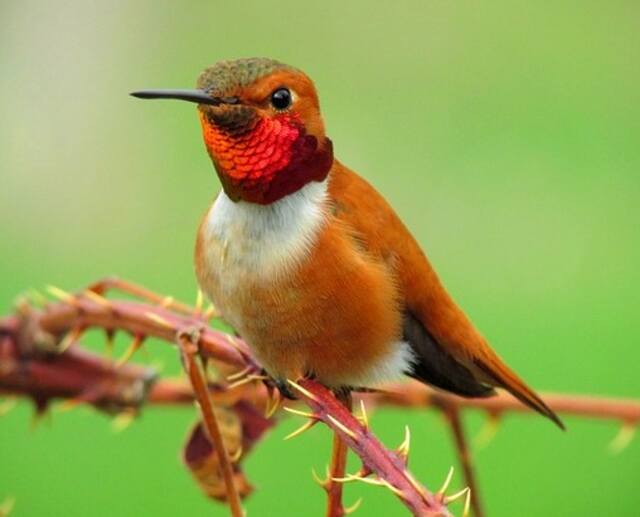
FAQs: What Do Hummingbirds Symbolize?
What do hummingbirds symbolize?
Hummingbirds are often associated with qualities such as joy, love, beauty, agility, and vitality. They are seen as symbols of energy, positivity, and freedom.
What is the cultural significance of hummingbirds?
Hummingbirds hold cultural significance in various cultures around the world. They are revered for their beauty, delicate nature, and unique characteristics. In many societies, they are seen as symbols of love, joy, healing, and luck.
What is the spiritual significance of hummingbirds?
Hummingbirds are often associated with spiritual qualities and are believed to possess mystical attributes. They are seen as messengers from the spiritual realm and are associated with spiritual growth, transcendence, and the ability to connect with higher energies.
How are hummingbirds represented in Native American cultures?
In Native American traditions, hummingbirds are seen as symbols of love, joy, and healing. They are often depicted in stories, rituals, and art, and are believed to bring luck and positive energy.
What is the significance of hummingbirds in Eastern cultures?
In Eastern cultures, such as Japan and China, hummingbirds are often associated with beauty, agility, and luck. They are celebrated in art, poetry, and spiritual practices for their graceful nature and vibrant appearance.
How are hummingbirds portrayed in Western cultures?
In Western societies, hummingbirds are often seen as symbols of vitality, joy, and freedom. They are represented in literature, folklore, and popular culture as creatures that bring happiness and lightness to one’s life.
What is the concept of hummingbirds as power animals and totems?
Hummingbirds are believed to be power animals and totems in spiritual practices. They are seen as guides and protectors, offering spiritual insights and assistance to those who connect with their energy.
How can one connect with the symbolism of hummingbirds?
Connecting with the symbolism of hummingbirds can be achieved through practices such as meditation, visualization, and mindful observation. By tuning into their energy and appreciating their unique qualities, one can deepen their understanding and connection with hummingbird symbolism.

